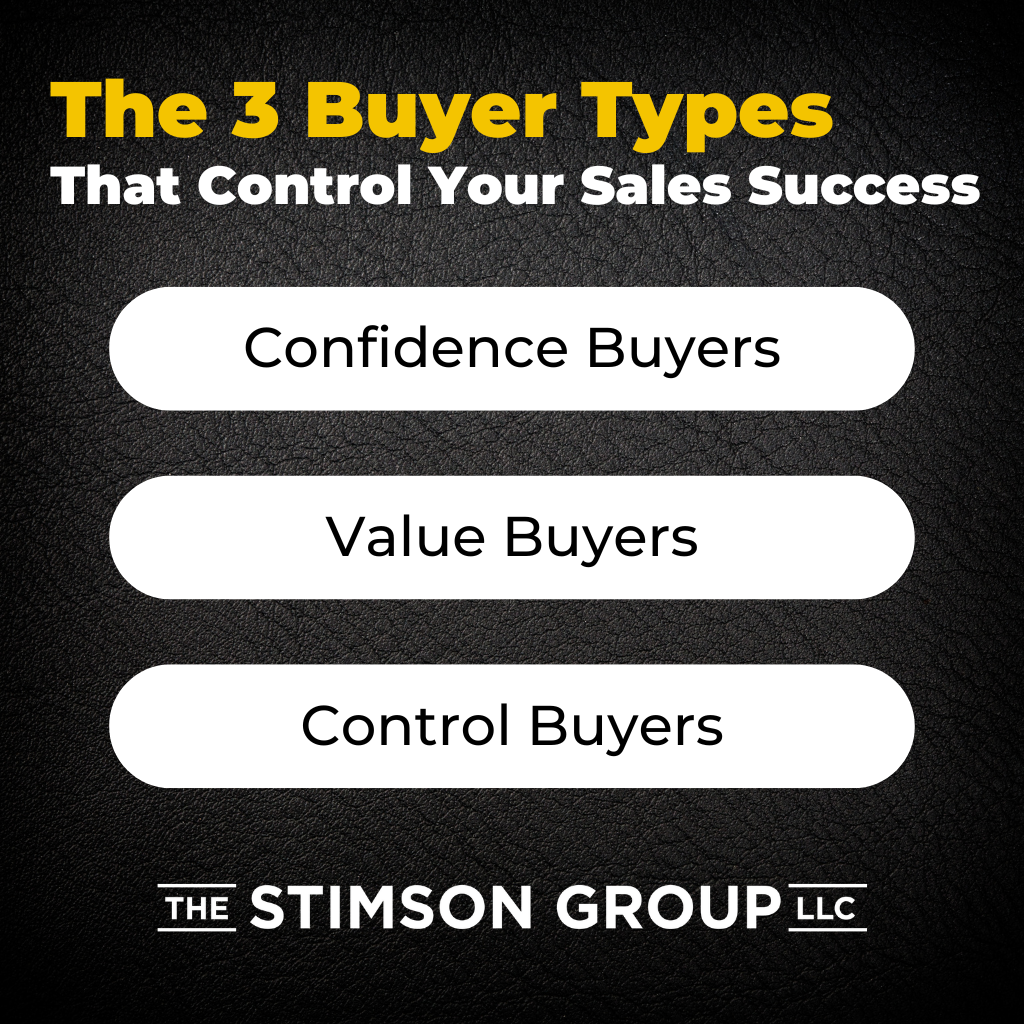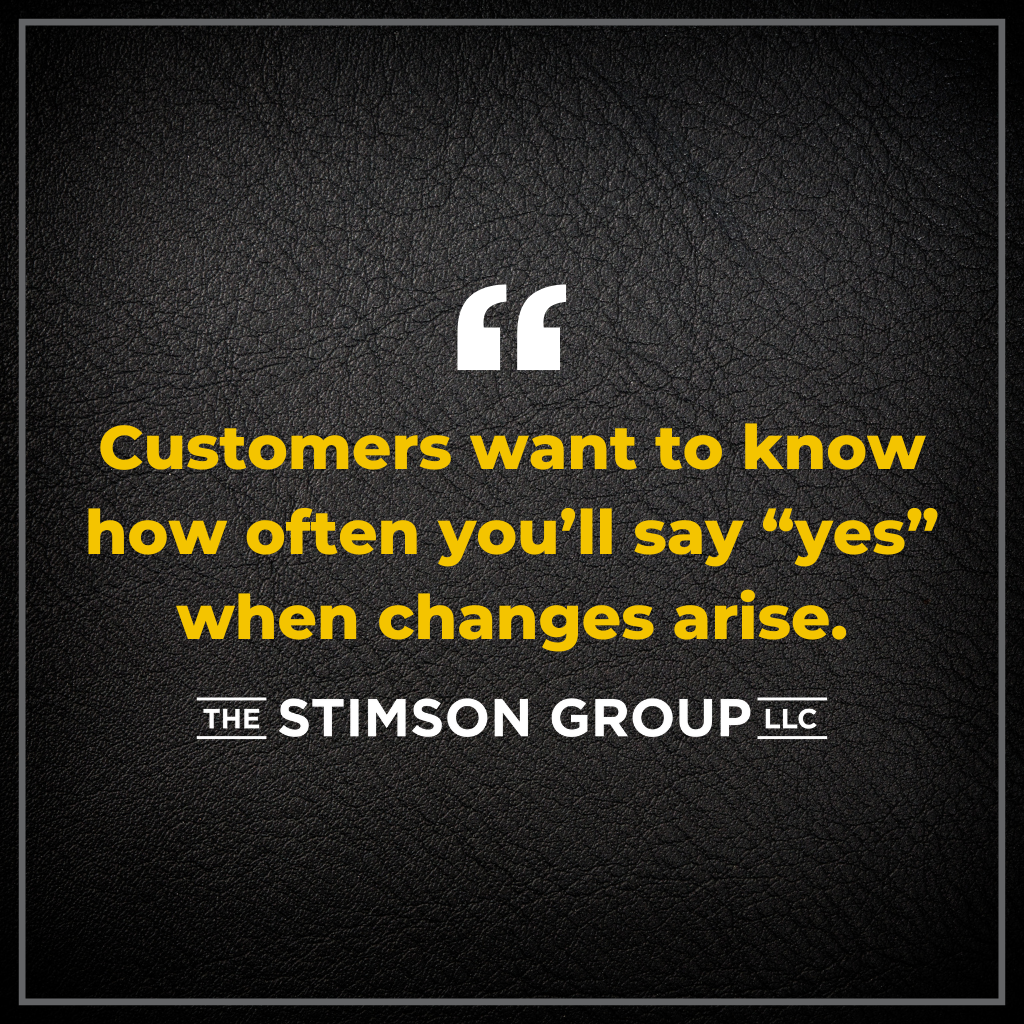
Listen instead on your Monday Morning Drive:
Many years ago, I introduced my approach to evaluating customers in a pre-negotiation mode. Understanding what’s important to them and how they prefer to buy before creating a proposal is critical.
As we’ve moved beyond the “before times” of line-item pricing and rental-based businesses into a service-focused era, those buying styles are still relevant — but our response to them needs to evolve.

The Three Primary Buying Styles
Let’s start with understanding the three main types of buyers you’re dealing with. Each requires a different approach.
Confidence Buyers
Confidence buyers are my favorite. They want you to be the expert. They’re seeking help, support, and guidance to the right solution.
These buyers aren’t typically price-sensitive (though everyone has a price point), and they expect you to make money. They understand you’re in business to be profitable, so price isn’t their biggest concern.
Their primary consideration is whether they’re spending their money well and if you’re guiding them to good decisions. Confidence buyers need to trust you, the process, and your recommendations.
Value Buyers
Value buyers aren’t price shoppers, despite what many think. They want to feel like they’re getting good bang for their buck, but mostly, they want assurance that they’re not being taken advantage of.
These buyers are typically more budget-conscious. They want options and transparency. If you can explain the trade-offs clearly — “If you choose this option, I can deliver at a lower price with similar results, but that feature costs more because it’s harder to execute” — they’ll work with you.
Value buyers don’t mind you making a profit, but if you can make a little less money to make their life easier, and you tell them that, they’ll be loyal customers.
Control Buyers
Control buyers believe they’re the experts. They believe they do a better job of defining needs, and while they’ll use you to solve their problem, they’ll take all the credit for the solution.
These buyers can be intimidating. Many control buyers are experts in what they’re buying, and they use that power to push your price to the lowest possible point.
Control buyers resent you for making money (at least it feels that way sometimes). Most have convinced themselves that you make too much, and negotiations with them will always be tougher and more finite.
How to Adapt to Different Buying Styles
How we sell to these different buyer types requires us to adapt, particularly in how we present our pricing.
Pricing Approaches By Buyer Type
Itemized pricing is a passive-aggressive weapon.
Think about it: presenting a confidence buyer with itemized pricing confuses them and deflates their confidence. They feel like you’re asking them to review the list and ensure everything is correct… but that’s why they hired you in the first place!
Line-item pricing undoes all the work you put in to gain their trust. It essentially says, “I have no idea what I’m doing. Would you double-check my work?”
Value buyers also don’t need to see every line item. They prefer to see what’s included and what’s not. They want you to remind them of what they requested, what you agreed to provide, and what couldn’t be included. This approach gives them some control to help them stay within budget.
Control buyers, on the other hand, require detailed line-item pricing with a tight list and scope of work. The line-item list shows what tools you’ll bring, while the scope of work explains what those tools will do.
Without this level of detail, the control buyer will take over if things don’t work as expected.
How to Present Proposals Effectively
When presenting proposals to these different buyer types, tailor your approach.
For confidence buyers, emphasize that “all the yeses” are built into the proposal. Let them know you’re anticipating needs they haven’t considered, and those will be covered. Bring a “bag full of yeses” to the job site.
For value buyers, define the limits. They’ll get “yeses with limits,” and those boundaries give them confidence to make on-site decisions while staying within budget.
For control buyers, be explicit about the scope of work and itemization. Make it clear that anything outside that scope represents a change order requiring their signature and additional payment.
Win More Deals by Reading Your Buyer
In this new era of selling, line items aren’t the most important factor (except for control buyers). What matters is understanding your costs, adding your margin to reach your price, and ensuring the scope of work will be met.
Most importantly, customers want to know how often you’ll say “yes” when changes arise. Pay attention to who you’re selling to and adapt your approach accordingly, and you’ll get better deals with happier customers who feel you’ve met their expectations.
None of these buyer types are necessarily price shoppers — that’s a whole different category of dysfunctional buyer you must avoid. Even control buyers with “sharp pencils” aren’t purely driven by price.
By understanding these buying styles and adapting your sales approach, you’ll close more deals and build stronger client relationships in 2025 and beyond.






Leave a Reply